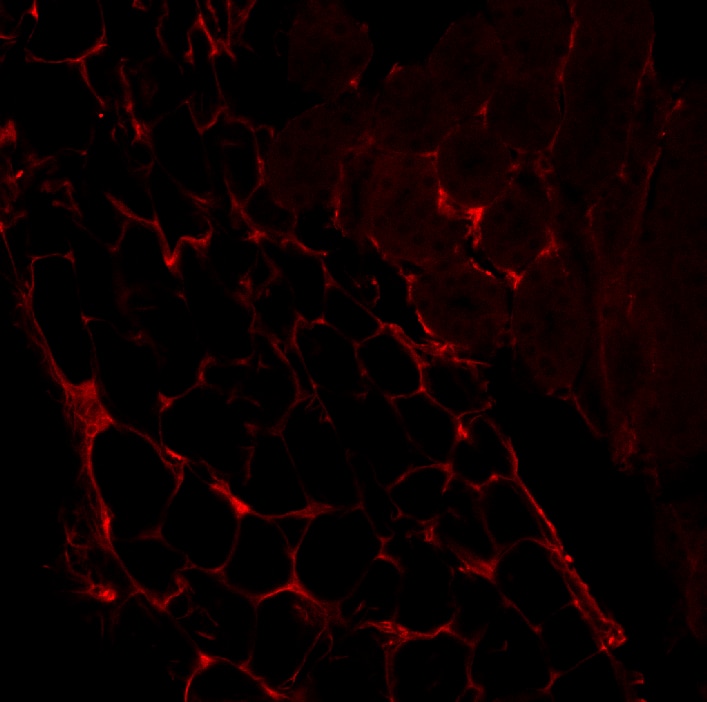| Reactivity | HuSpecies Glossary |
| Applications | WB |
| Clone | 359501 |
| Clonality | Monoclonal |
| Host | Mouse |
| Conjugate | Unconjugated |
| Concentration | LYOPH |
| Immunogen | Human plasma-derived Vitamin D BP Accession # P02774 |
| Specificity | Detects human plasma-derived Vitamin D BP in direct ELISAs and Western blots. |
| Source | N/A |
| Isotype | IgG2b |
| Clonality | Monoclonal |
| Host | Mouse |
| Gene | GC |
| Purity Statement | Protein A or G purified from hybridoma culture supernatant |
| Innovator's Reward | Test in a species/application not listed above to receive a full credit towards a future purchase. |
| Dilutions |
|
|
| Reviewed Applications |
|
|
| Publications |
|
| Storage | Use a manual defrost freezer and avoid repeated freeze-thaw cycles.
|
| Buffer | Lyophilized from a 0.2 μm filtered solution in PBS and NaCl with Trehalose. *Small pack size (SP) is supplied either lyophilized or as a 0.2 µm filtered solution in PBS. |
| Preservative | No Preservative |
| Concentration | LYOPH |
| Reconstitution Instructions | Reconstitute at 0.5 mg/mL in sterile PBS. |
Vitamin D BP (VitD BP), also called VDB, DBP, Group Specific Component (Gc) or macrophage-activating factor (DBP- or Gc-MAF), is a member of the albumin family. These plasma/body fluid proteins have a conserved pattern of cysteine motifs that form binding domains. VitD BP is predominantly produced by hepatic parenchymal cells. It transports VitD, activates macrophages and osteoclasts, and enhances C5a chemotactic activity. Over 80 variant alleles have been identified, some of which correlate with osteoporosis or prostate cancer. Human and mouse VitD BP share 78% aa identity.
| Images | Ratings | Applications | Species | Date | Details | ||||||||||
|---|---|---|---|---|---|---|---|---|---|---|---|---|---|---|---|

Enlarge |
reviewed by:
Tatjana Bosnjak |
IHC-Fr | Mouse | 09/09/2019 |
Summary
Comments
|
Secondary Antibodies |
Isotype Controls |
The concentration calculator allows you to quickly calculate the volume, mass or concentration of your vial. Simply enter your mass, volume, or concentration values for your reagent and the calculator will determine the rest.